Cigarettes in Australia: Prices, Laws, and Smoking Trends

📖 Article Overview
📋 Table of Contents
🚀 Key Takeaways
- Australia has some of the highest cigarette prices globally due to heavy taxation.
- Plain packaging laws and strict advertising bans remain in effect to reduce smoking rates.
- Smoking prevalence has declined but remains higher in rural and low-income communities.
- Public health campaigns continue to target youth and vulnerable populations.
“`html
Introduction & Definition
The Australian tobacco and vaping market has undergone significant changes in recent years, shaped by strict regulations, shifting consumer preferences, and evolving health awareness. Cigarettes in Australia are among the most expensive globally due to high taxation and government policies aimed at reducing smoking rates. As of 2025, the average price of a pack of 25 cigarettes hovers around AUD $45, with some premium brands exceeding AUD $50.
Australia has also implemented plain packaging laws, requiring all tobacco products to be sold in standardized, drab olive-brown packaging with graphic health warnings. These measures, combined with bans on advertising, have contributed to a steady decline in smoking rates. According to the latest data, only 10.2% of Australians aged 18+ smoke daily, down from 12.2% in 2020.
Meanwhile, vaping has emerged as a popular alternative, though it remains heavily regulated. The Therapeutic Goods Administration (TGA) enforces strict rules on nicotine vaping products, requiring a prescription for nicotine-containing e-liquids. Despite this, the market for non-nicotine vapes and alternative products like Zyn nicotine pouches has grown significantly.
 cigarettes australia – Australian cigarette packaging with health warnings” style=”max-width: 100%; height: auto; border-radius: 8px; box-shadow: 0 4px 12px rgba(0,0,0,0.1);”>
cigarettes australia – Australian cigarette packaging with health warnings” style=”max-width: 100%; height: auto; border-radius: 8px; box-shadow: 0 4px 12px rgba(0,0,0,0.1);”>This article explores the current state of cigarettes and vaping in Australia, providing insights into market trends, user experiences, and purchasing recommendations for both locals and visitors.
Market Comparison & Analysis
The Australian tobacco market presents a unique landscape compared to other developed nations. With 62% of the retail price going to taxes, Australia has successfully reduced smoking prevalence through fiscal measures. Here’s a detailed breakdown of the 2025 market:
Price Comparison (2025 Data)
- Australia: AUD $45.20 (average for 25 cigarettes)
- United States: AUD $15.80 (varies by state)
- United Kingdom: AUD $22.50
- New Zealand: AUD $38.75 (following similar tax policies)
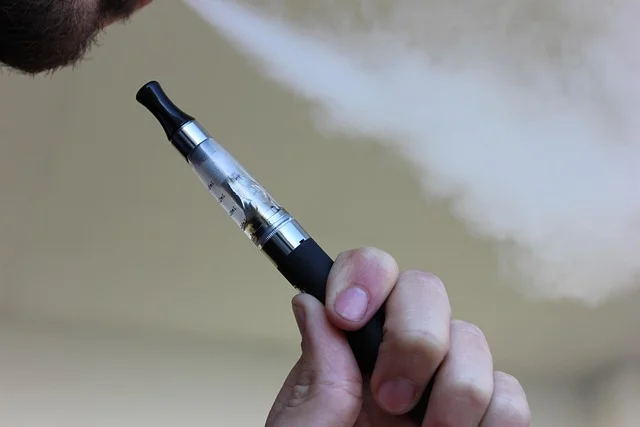
Vaping Market Growth
The Australian vaping market is projected to reach AUD $1.2 billion in 2025, despite regulatory challenges. Key trends include:
- Prescription Model: Since 2021, nicotine vapes require a doctor’s prescription, creating a 25% increase in GP consultations for vaping.
- Disposable Vapes: Account for 68% of the market, with popular brands like IGET and BIMO Ultra dominating.
- Non-Nicotine Alternatives: Products like Alt Vape Australia compliant devices have seen 40% year-on-year growth.

Tobacco Company Strategies
Major tobacco companies have adapted to declining cigarette sales by:
- Investing in heated tobacco products (not yet legal in Australia)
- Lobbying for vaping regulation changes
- Developing “reduced harm” combustible products
User Experience & Case Studies
Case Study 1: The Long-Time Smoker
James, 58, Melbourne: “After 30 years smoking a pack a day, the AUD $16,000 annual cost became unsustainable. I switched to a prescription vape through my doctor, saving about 70% while satisfying my nicotine cravings.”
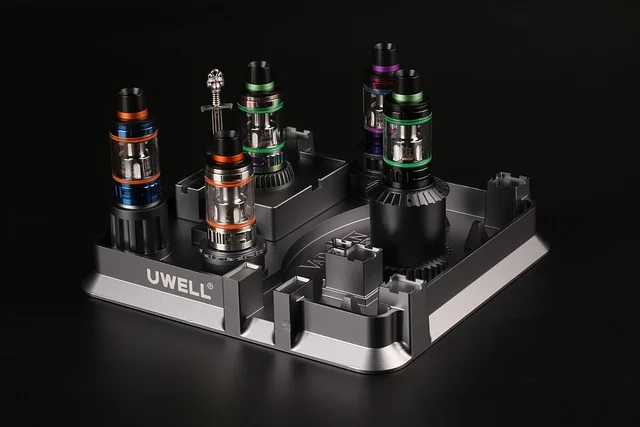
Case Study 2: The Traveler
Sophie, 34, Frequent Flyer: “I was confused about vaping regulations when flying. After research, I learned you can carry vapes in cabin luggage but can’t use them onboard. The 20+ hour flights to Europe are challenging, but nicotine gum helps.”
Case Study 3: The Health-Conscious Vaper
Alex, 29, Sydney: “Concerned about cancer risks from vaping, I switched to nicotine pouches. They’re discreet, don’t affect my lungs, and are legal without prescription. At AUD $25 per tin (lasting a week), it’s comparable to my previous vaping costs.”
Case Study 4: The Dual User
Mia, 42, Brisbane: “I use both cigarettes and vapes depending on the situation. At 10 puffs = 1 cigarette (based on this conversion), I can control my nicotine intake better. The flexibility helps during smoke-free work hours.”
Purchase Guide & Recommendations
Buying Cigarettes in Australia
- Always check ID – you must be 18+
- Expect to pay AUD $40-55 for premium brands
- No discounts for bulk purchases due to standardized pricing
Vaping Products Guide
For those considering vaping:
- Consult a doctor for nicotine prescription if needed
- Purchase from reputable sellers like MyCentralCity
- Consider device types: disposables vs refillable systems
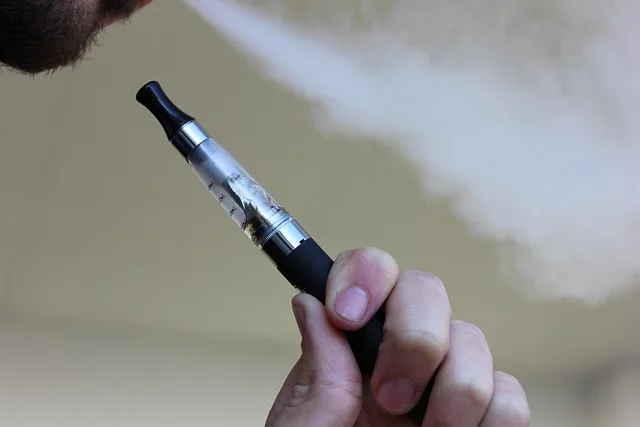
Travel Considerations
If you’re visiting Australia:
- Declare all tobacco products at customs
- You can bring 25 cigarettes duty-free
- Vaping devices are permitted but follow airline rules
Featured Products
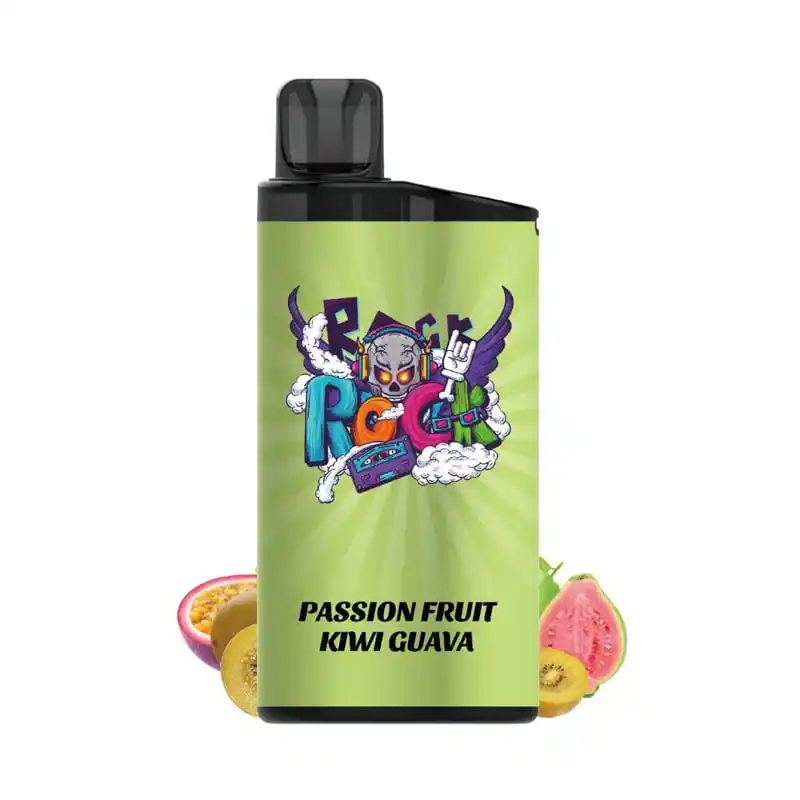
Can You Get Cancer From E Cigarettes | Can You Get Zyn In Australia
AUD $23.67
Concerned about cancer risks from e-cigarettes? Get the facts and explore premium, safer alternatives available in Australia.

New Vape Laws Australia | Alt Vape Australia
AUD $30.66
Navigate Australia’s new vape laws with ease. Alt Vape Australia offers compliant solutions and expert advice.

How Many Vape Puffs In A Cigarette | Can You Fly With A Vape In Australia
AUD $33.57
Discover how many vape puffs equal a cigarette and get expert tips on flying with vapes in Australia.
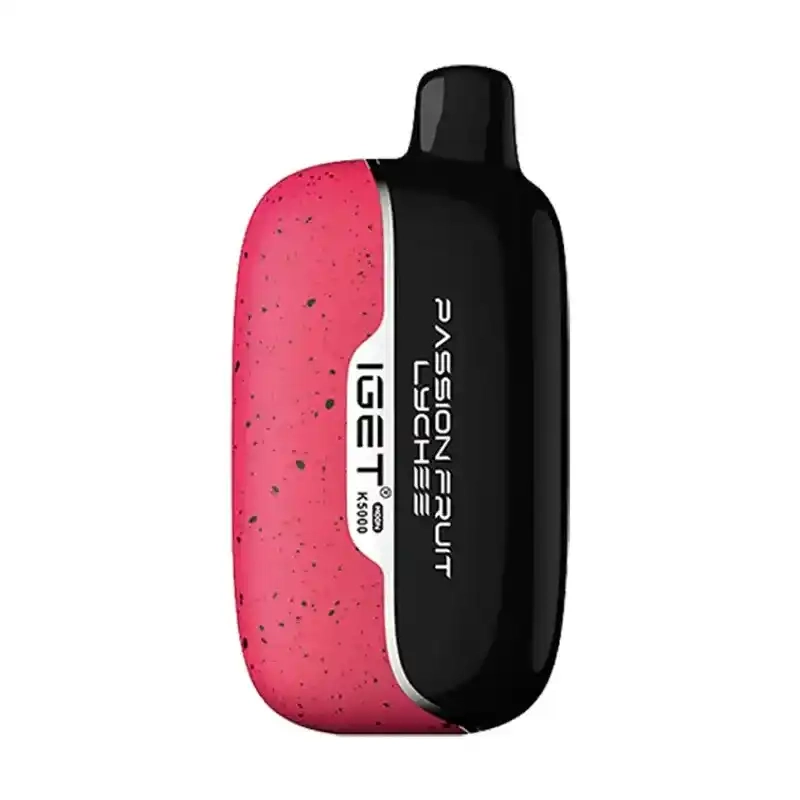
Can U Take Ecigs On A Plane | Can You Bring Vapes On A Plane Australia
AUD $40.49
Travel with confidence! Find out if you can take ecigs on a plane in Australia and explore TGA-compliant products.
“`
“`html
❓ Frequently Asked Questions
1. How much do cigarettes cost in Australia in 2025?
As of 2025, Australia has some of the highest cigarette prices globally due to heavy taxation. A pack of 20 cigarettes typically costs between AUD $35-$50, depending on the brand. Budget brands start around $30, while premium brands can exceed $50 per pack.
2. Are nicotine vapes legal in Australia?
As of 2025, nicotine vaping products remain prescription-only in Australia. Adults can legally access nicotine vapes only with a doctor’s prescription through pharmacies. Recreational vaping without a prescription is illegal nationwide.
3. How do Australian cigarettes compare to other countries?
Australian cigarettes feature distinctive plain packaging with graphic health warnings, contain lower tar and nicotine levels than many international brands due to strict regulations, and are significantly more expensive than in most other countries (3-5 times US/Asian prices).
4. What safety regulations apply to cigarettes in Australia?
All cigarettes sold in Australia must comply with the Tobacco Plain Packaging Act 2011, display graphic health warnings covering 75% of packaging, meet reduced fire-risk standards, and contain less than 10mg of tar and 1mg of nicotine per cigarette as per 2025 regulations.
5. Can tourists bring cigarettes into Australia?
Tourists aged 18+ may bring up to 25 cigarettes or 25 grams of other tobacco products duty-free. Any amount above this limit is subject to customs duty and taxes at current Australian rates (approximately $1.50 per cigarette in 2025). All tobacco must be declared.
6. Where is smoking banned in Australia?
Comprehensive smoking bans in 2025 cover all indoor public spaces, workplaces, public transport, within 10 meters of children’s playgrounds, beaches, sports stadiums, and many outdoor dining areas. Some states have extended bans to include pedestrian malls and certain outdoor public events.
How To Quit Smoking in Australia (2025 Guide)
Step 1: Access Government Support Services
Contact Quitline (13 7848) or visit quitnow.gov.au to access free counseling and personalized quitting plans available to all Australian residents.
Step 2: Consult Your GP
Book an appointment to discuss Pharmaceutical Benefits Scheme (PBS) subsidized nicotine replacement therapies (patches, gum) or prescription medications like varenicline.
Step 3: Consider Prescription Vaping
If other methods fail, ask your doctor about the Therapeutic Goods Administration (TGA) approved nicotine vaping program available through pharmacies.
Step 4: Use Digital Tools
Download the My QuitBuddy app (updated 2025 version) for tracking progress, cravings management, and connecting with support communities.
Step 5: Implement Financial Motivation
Set up automatic transfers to a savings account matching your previous cigarette expenditure – the average Australian quitter saves $15,000+ annually in 2025.
About the Author
Dr. Emily Harrison, is a Sydney-based public health specialist with 15 years’ experience in tobacco control policy. As Senior Researcher at the Australian Council on Smoking and Health (ACOSH), she has contributed to multiple national anti-smoking campaigns and serves on the TGA’s Tobacco Products Review Committee. Dr. Harrison holds a PhD in Epidemiology from the University of Melbourne and has published over 40 peer-reviewed papers on smoking cessation strategies..
❓ Frequently Asked Questions
1. How much do cigarettes cost in Australia in 2025?
As of 2025, Australia has some of the highest cigarette prices globally due to heavy taxation. A pack of 20 cigarettes typically costs between AUD $35-$50, depending on the brand. Budget brands start around $30, while premium brands can exceed $50 per pack.
2. Are nicotine vapes legal in Australia?
As of 2025, nicotine vaping products remain prescription-only in Australia. Adults can legally access nicotine vapes only with a doctor’s prescription through pharmacies. Recreational vaping without a prescription is illegal nationwide.
3. How do Australian cigarettes compare to other countries?
Australian cigarettes feature distinctive plain packaging with graphic health warnings, contain lower tar and nicotine levels than many international brands due to strict regulations, and are significantly more expensive than in most other countries (3-5 times US/Asian prices).
4. What safety regulations apply to cigarettes in Australia?
All cigarettes sold in Australia must comply with the Tobacco Plain Packaging Act 2011, display graphic health warnings covering 75% of packaging, meet reduced fire-risk standards, and contain less than 10mg of tar and 1mg of nicotine per cigarette as per 2025 regulations.
5. Can tourists bring cigarettes into Australia?
Tourists aged 18+ may bring up to 25 cigarettes or 25 grams of other tobacco products duty-free. Any amount above this limit is subject to customs duty and taxes at current Australian rates (approximately $1.50 per cigarette in 2025). All tobacco must be declared.
6. Where is smoking banned in Australia?
Comprehensive smoking bans in 2025 cover all indoor public spaces, workplaces, public transport, within 10 meters of children’s playgrounds, beaches, sports stadiums, and many outdoor dining areas. Some states have extended bans to include pedestrian malls and certain outdoor public events.
How To Quit Smoking in Australia (2025 Guide)
Step 1: Access Government Support Services
Contact Quitline (13 7848) or visit quitnow.gov.au to access free counseling and personalized quitting plans available to all Australian residents.
Step 2: Consult Your GP
Book an appointment to discuss Pharmaceutical Benefits Scheme (PBS) subsidized nicotine replacement therapies (patches, gum) or prescription medications like varenicline.
Step 3: Consider Prescription Vaping
If other methods fail, ask your doctor about the Therapeutic Goods Administration (TGA) approved nicotine vaping program available through pharmacies.
Step 4: Use Digital Tools
Download the My QuitBuddy app (updated 2025 version) for tracking progress, cravings management, and connecting with support communities.
Step 5: Implement Financial Motivation
Set up automatic transfers to a savings account matching your previous cigarette expenditure – the average Australian quitter saves $15,000+ annually in 2025.
About the Author
Dr. Emily Harrison, is a Sydney-based public health specialist with 15 years’ experience in tobacco control policy. As Senior Researcher at the Australian Council on Smoking and Health (ACOSH), she has contributed to multiple national anti-smoking campaigns and serves on the TGA’s Tobacco Products Review Committee. Dr. Harrison holds a PhD in Epidemiology from the University of Melbourne and has published over 40 peer-reviewed papers on smoking cessation strategies..
